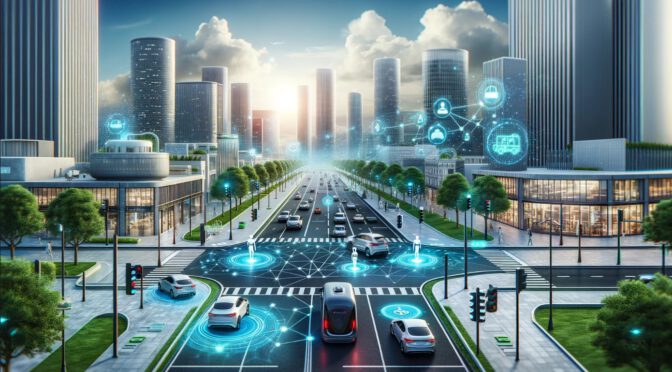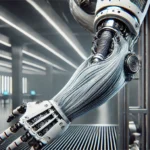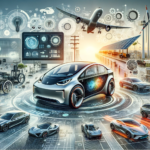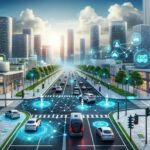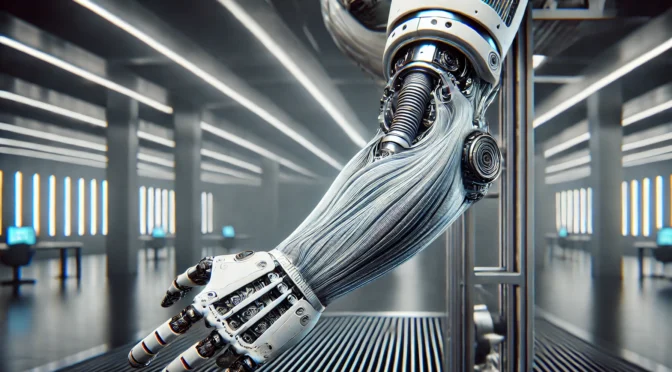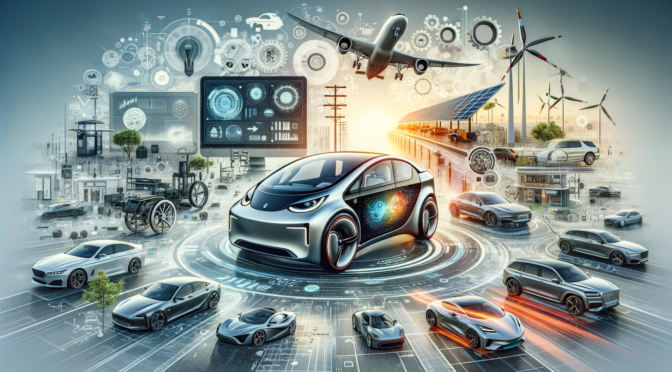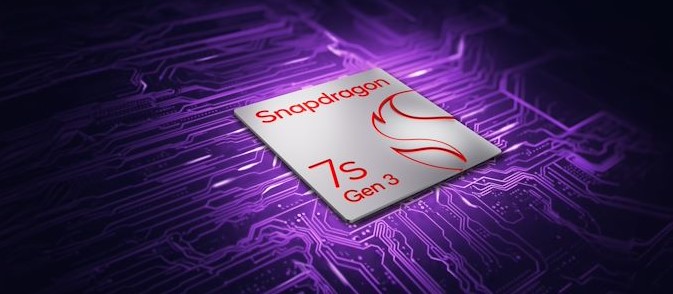[Image by TeX9.net]Navigating Tomorrow: The Seamless Integration of AI-Driven Ride Services
In the heart of the contemporary city, a quiet revolution unfolds on its streets. Modern vehicles, guided by the invisible hand of artificial intelligence, glide through the urban landscape. This scene, captured in our image, offers a glimpse into the not-too-distant future of urban transportation. Here, efficiency, safety, and sustainability coalesce, brought to life by the integration of AI-driven ride services. The rise of AI in transportation is undeniable. AI-driven ride services are transforming how we commute. This shift is not just innovative. It’s revolutionary.
Safety of AI-Driven Ride
AI improves road safety. It reduces human error, the main cause of accidents. Future AI systems will predict and avoid hazards with even greater accuracy in AI-driven ride services.
Efficiency and Accessibility: AI-driven services promise unmatched efficiency. They optimize routes in real-time, reducing travel time. This technology also enhances accessibility. It provides reliable transportation for the elderly and disabled.
Environmental Impact: These services are green. They often use electric vehicles. This reduces carbon emissions. Future advancements will further minimize the environmental footprint.
Economic Implications: Job landscapes will shift. Some driving jobs may decrease. However, new tech opportunities will emerge. The overall economy could benefit significantly.
Regulatory Challenges: Regulation will shape this future. Governments are already drafting policies. These will ensure safety and fairness in AI-driven transportation.
Ethical Considerations: There are ethical questions. Privacy and data security are paramount. Users must trust that their information is safe.
The Human Touch: Despite AI’s rise, the human element remains crucial. Customer service and oversight cannot be overlooked. Balancing tech and human input is key.
Looking Forward: The potential is vast. This Technology could redefine urban mobility. They offer a glimpse into a smarter, safer, and cleaner future.
In conclusion, AI-driven ride services are more than a trend. They are the future. A future that’s arriving faster than we might think.
